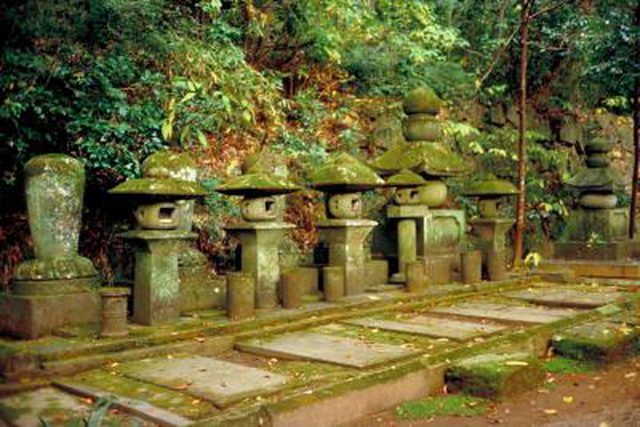Bulbs
Flower Basics
Flower Beds & Specialty Gardens
Flower Garden
Garden Furniture
Garden Gnomes
Garden Seeds
Garden Sheds
Garden Statues
Garden Tools & Supplies
Gardening Basics
Green & Organic
Groundcovers & Vines
Growing Annuals
Growing Basil
Growing Beans
Growing Berries
Growing Blueberries
Growing Cactus
Growing Corn
Growing Cotton
Growing Edibles
Growing Flowers
Growing Garlic
Growing Grapes
Growing Grass
Growing Herbs
Growing Jasmine
Growing Mint
Growing Mushrooms
Orchids
Growing Peanuts
Growing Perennials
Growing Plants
Growing Rosemary
Growing Roses
Growing Strawberries
Growing Sunflowers
Growing Thyme
Growing Tomatoes
Growing Tulips
Growing Vegetables
Herb Basics
Herb Garden
Indoor Growing
Landscaping Basics
Landscaping Patios
Landscaping Plants
Landscaping Shrubs
Landscaping Trees
Landscaping Walks & Pathways
Lawn Basics
Lawn Maintenance
Lawn Mowers
Lawn Ornaments
Lawn Planting
Lawn Tools
Outdoor Growing
Overall Landscape Planning
Pests, Weeds & Problems
Plant Basics
Rock Garden
Rose Garden
Shrubs
Soil
Specialty Gardens
Trees
Vegetable Garden
Yard Maintenance
How to Make a Hypertufa Lantern
How to Make a Hypertufa Lantern. With the right mix of Portland cement, fine-textured mason’s sand and sifted peat moss, you can make a versatile, long-lasting building material for garden ornaments. Hypertufa is easy to work with and resembles stone. Using Portland cement instead of heavier, coarser prepared cement is key to the finished...

With the right mix of Portland cement, fine-textured masonís sand and sifted peat moss, you can make a versatile, long-lasting building material for garden ornaments. Hypertufa is easy to work with and resembles stone. Using Portland cement instead of heavier, coarser prepared cement is key to the finished productís light weight. Make patio planters in all sizes, statuary and even outdoor lanterns out of hypertufa for creative and inexpensive landscaping accessories.
Things You'll Need
Work gloves
Dust mask
Hardware cloth
Large utility bucket
Peat moss
Fine-textured masonís sand
Portland cement
Water
Trowel
Small square cardboard box
Styrofoam ball that fits in box with about ? inch of space between box sides and ball
Long dowel
Galvanized wire
2 paperclips
Utility knife
Put on the dust mask and work gloves. Sift the peat moss by stretching the hardware cloth over the top of a utility bucket and rubbing handfuls of it across the cloth. Break up clumps and discard hard pieces.
Line the cardboard box with the plastic bag, push the dowel through the middle of one side of the box, through the foam ball inside the box and through the opposite side of the box. The foam ball should be suspended in the middle of the box, with the top of the ball level with the tops of the box sides.
Open the paperclips and bend them into two open-ended pins, similar to hairpins. Bend the galvanized wire into an oval forming the lantern handle, twisting the ends around each other. Make the bottom flat with two corners. Place the flat side of the wire about one-half inch under the foam ballís bottom half and pin the sides to the ball with the paperclips by pushing them into the foam to hold the wire in place.
Fill a utility bucket with 6 cups sifted peat moss, 6 cups sand and 6 cups Portland cement mix. Add water a little at a time and mix the peat moss, sand and cement until the mixture is like soft dough. The consistency is right if you can squeeze a few drops of water from a handful of it.
Pour or spoon the wet hypertufa into the box, pushing it into the corners and around the Styrofoam ball. Remove the dowel by pulling it carefully out of the box and foam. Let the hypertufa dry for 24 hours.
Remove the hypertufa form from the box by pulling the plastic bag up and out of the box. Remove the plastic bag from around the form and pull the foam ball out of the form.
Using the utility knife, carefully cut diamond shapes out of the lantern sides that donít have the wire handle.
Tips & Warnings
Use powdered cement dye for colors other than gray.
Cut other patterns in the lantern sides if desired.
Use a cardboard cylinder instead of a box for a rounded lantern.
Experiment with other molds and forms for lanterns